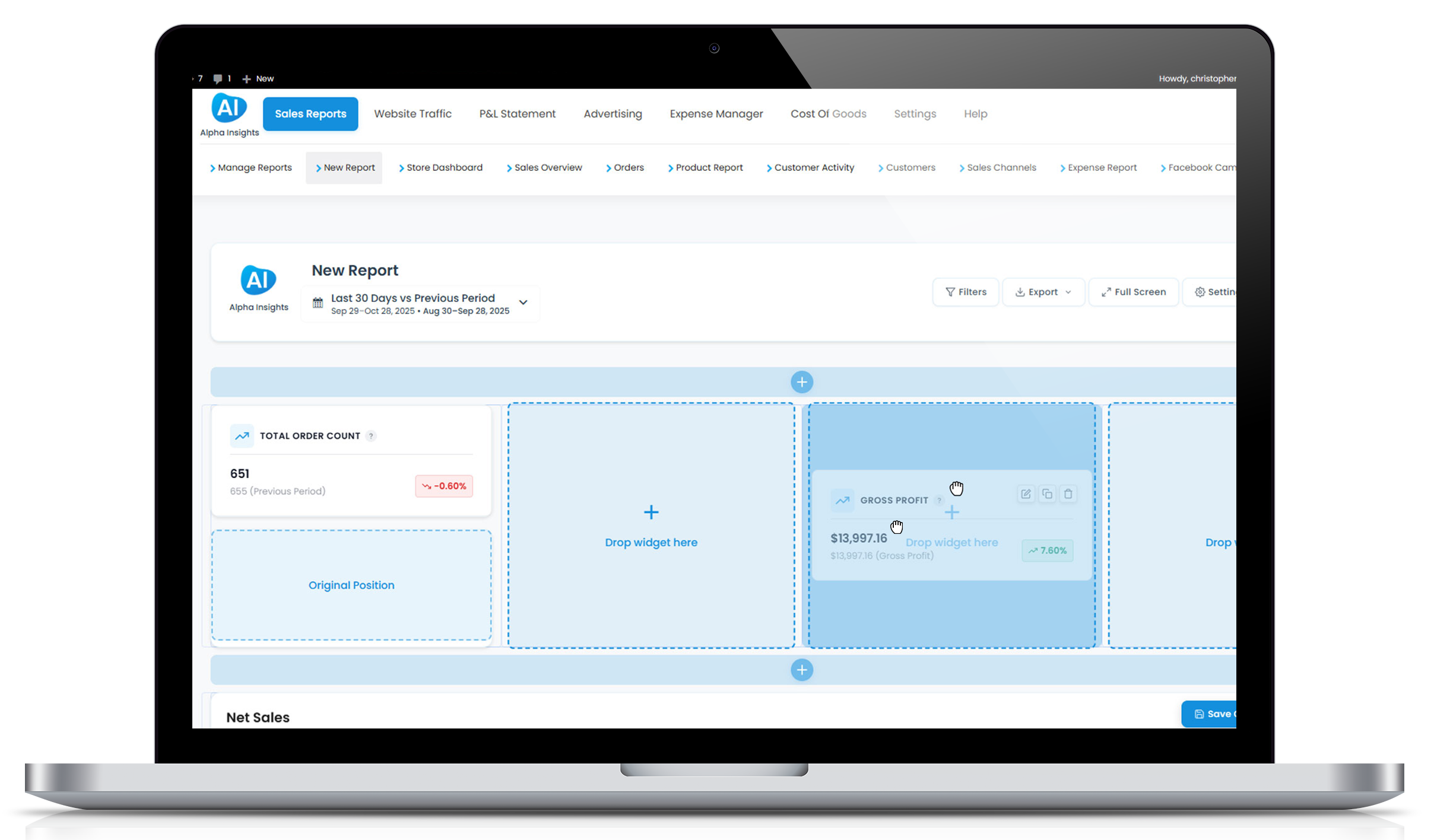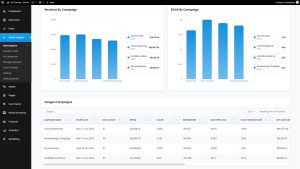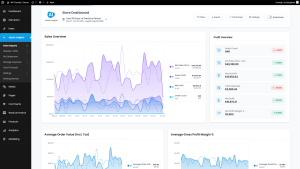How to Leverage WooCommerce Analytics for Seasonal Sales Planning
There’s a rhythm to eCommerce—from the mad rush of Black Friday to the January slump, to surprise Mother’s Day bumps or back-to-school booms. And if you’re running a WooCommerce store, ignoring these seasonal shifts is kind of like surfing without checking the tide. Possible? Sure. But smart? Not even close.
To be prepared (and to actually profit) during key seasonal windows, you need more than good products and wishful thinking. You need data. The right data. Data that helps you anticipate demand, optimize inventory, target promotions, and avoid becoming “that store” with the stockouts or the overstocked clearance table come January.
In this article, we’ll walk through how to use WooCommerce analytics for powerful seasonal sales planning. We’re not talking dry spreadsheets here—we’re talking real insights that translate into better timing, smarter marketing, and bigger profit margins. Plus, we’ll show you how using the right tool—like Alpha Insights—can make this entire analysis process faster, clearer, and way less overwhelming.
Why Seasonal Sales Matter More Than You Think
Let’s get one thing straight: not every WooCommerce store is seasonal in the same way. But every store has peaks, dips, and trends that repeat over time. And if you track long enough (and strategically enough), you’ll catch them before your competitors do.
Great seasonal planning impacts:
- Inventory forecasting: Know how much stock to order (and when)
- Marketing campaigns: Launch targeted promos with the right message at the right time
- Ad budgeting: Allocate ad spend where it’ll get the best return
- Customer retention: Re-engage past buyers before peak periods
- Profit margins: Optimize product pricing, bundling, and discounting by season
That’s what we’re here for—not just “more sales”, but more profit, more efficiency, and fewer ugly surprises.
Start with Your Historical WooCommerce Data
You can’t predict the future—but you sure can study the past. The first step in any seasonal strategy is analyzing historical WooCommerce data. And not just sales figures—we’re talking product trends, cart behavior, marketing ROI, and margins.
Here’s what to look for:
- Revenue by month or quarter – What were your top months last year?
- Product sales by season – Which SKUs spike during holidays or seasonal shifts?
- Conversion rates during campaigns – Did your winter discounts work… or flop?
- Customer acquisition trends – When do new customers flock in (and when do they ghost)?
- Profit margin fluctuations – Are you giving away too much during peak sales events?
You’ll want to go beyond just total sales and really get granular—product-level, channel-level, even customer-segment-level. The more you can break things down, the better positioned you’ll be come crunch time.
This is exactly why using something like Alpha Insights is so powerful. It pulls in all your WooCommerce order history and builds clean, filterable reports—sorted by time period, product, margin, buyer type, and more—so you can stop guessing (and stop exporting CSVs by hand).
Identify Your Key Seasonal Events
Not every industry revolves around Black Friday. Your seasonal sweet spots might be:
- Summer product lines (think swimwear, outdoor gear)
- Back-to-school rush (planners, school supplies, apparel)
- Holiday gifting (mostly everyone)
- Valentine’s Day (high for gifts, beauty, and chocolate)
- Wedding season (spring and summer essentials)
- Tax refund season (that surprising spring sales bump)
The goal here is to identify when your products matter most—and more importantly, when your revenue potential spikes. Then you can plan inventory purchases, ad campaigns, email sequences, and pricing strategies that align with your customers’ actual buying behavior.
Try this:
- Map out your sales peaks using last year’s Alpha Insights reports
- List key product SKUs associated with each spike
- Identify what marketing assets worked (ads, emails, bundles)
Segment by Customer Type and Behavior
Let’s get a little more impressive, shall we? Instead of just looking at total sales per season, look at what customer segments are doing during those peak periods.
Ask yourself:
- Do first-time buyers flood in during gift-heavy seasons?
- Do loyal customers stock up on refills before summer?
- Do high-LTV customers respond better to early access deals?
Segmenting your WooCommerce data like this helps you tailor seasonal campaigns. Maybe you offer new visitors a seasonal discount code, and loyal buyers get bundles or early access. The more tailored your seasonal approach, the better it’ll perform.
Using Alpha Insights, you can segment by things like customer lifetime value, number of past purchases, geographic region, and even average order profitability. This makes building smart campaigns—and planning inventory for them—way easier.
Use Predictive Trends to Forecast Inventory
If you sold 50 units of your best-selling throw blanket in November last year, you don’t want to be staring at a warehouse with 20 this year and praying for the best.
Forecasting seasonal inventory is part science, part art. And your WooCommerce analytics give you the brush and palette.
Here’s how to forecast smarter:
- Look at year-over-year performance for specific SKUs
- Forecast for growth – Are you up 25% overall this year? Plan accordingly
- Don’t just look at units sold—factor in returns and refund rates
- Account for new marketing spend driving seasonal push
Alpha Insights can automatically calculate average sales volume for each product by season and combine it with profitability data—so you don’t end up over-ordering low-margin items and under-stocking your golden geese.
Set Promotion Strategies Based on Past ROI
Let’s talk deals and discounts. Everybody wants to run coupon codes and slashed prices come seasonal events—but if you’re not tracking promotion-level profitability, you might be bleeding money in the name of “engagement.”
Things to analyze before launching a seasonal deal:
- Which previous promotions actually drove profit (not just revenue)?
- What discount rate performed best: 10%, 20%, free shipping?
- Which products responded well vs. poorly to price drops?
- Did your AOV rise or fall during past promo periods?
It’s easy to say, “Our holiday sale crushed it!” But if the bulk of those orders were deeply discounted, low-margin bundles sold at a loss, the celebration might be short-lived.
That’s why using WooCommerce analytics tools like Alpha Insights matters. You can analyze by product, order, and time window with margin visibility built in—so you actually know which promotions are worth repeating and which need rethinking.
Track Ad Spend vs Seasonal Revenue Gains
Another big piece of seasonal strategy is advertising. You pour cash into Google or Meta Ads in November—but what’s the actual return on that seasonal ad spend?
Let’s split that hair:
- Ads converting = traffic
- Products selling = revenue
- Margins holding up = profit
Using a plugin that includes ad account integration (like Alpha Insights) gives you full profit attribution across your seasonal campaigns. You’ll know exactly:
- Which ads drove the most profitable orders
- What your accurate ROAS (Return on Ad Spend) was—after returns and costs
- What campaigns you should turn up (or turn off) next season
This kind of data-informed seasonal strategy is what separates okay campaigns from high-ROI ones—and plays a big role in making sure your seasonal rush is profitable, not just flashy.
Build a Seasonal Analytics Dashboard
You’ve got the data. Now let’s make it usable.
A great seasonal planning dashboard includes:
- Sales by quarter and product
- Top SKUs per season + their profit margin
- Year-over-year AOV and order count
- Promo performance and discount ROI
- Ad spend vs. net profit during seasonal windows
You could cobble this together manually… but why would you? Alpha Insights gives you customizable dashboards for exactly this purpose—tracking WooCommerce data through the lens of profitability, customer behavior, and time period trends.
Prepare Now. Win Later.
The best seasonal campaigns aren’t reactive—they’re planned months in advance, built on data that cycles back year after year.
If you can line up your WooCommerce analytics with the natural buying rhythms of your customers, you’ll be ready with the right stock, the right offer, and the right message—before your competition even hits “publish.”
More importantly, you’ll be planning for profit—because your seasonal success shouldn’t just live in revenue dashboards. It should show up in your bottom line, clearly tied to smarter decisions you made long before the rush hit.
Want clearer data, faster planning, and less guesswork this season? Try Alpha Insights and turn your WooCommerce data into a seasonal sales advantage.





